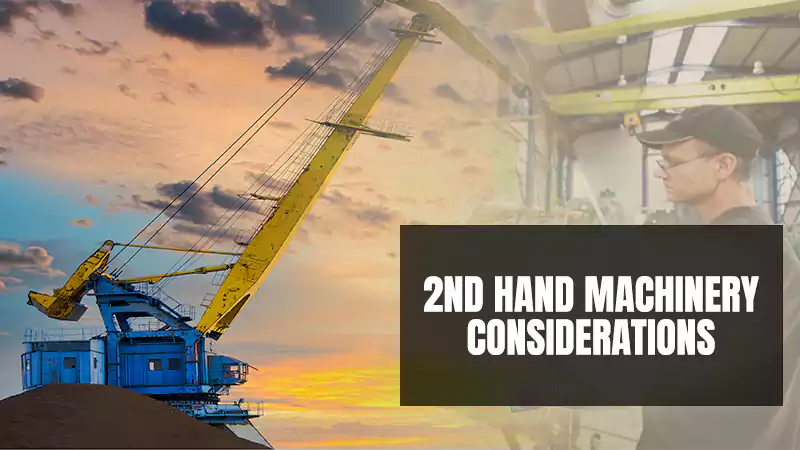Your Guide to Gas Cylinder Storage Cages
A great many businesses in a wide range of industries use gas cylinders. These cylinders (or bottles) are involved in a large number of accidents each year and many of those accidents could be relatively easily avoided through better storage procedures. Here is our handy guide to using gas cylinder storage cages.
What is a Storage Cage?
Gas cylinders should always be stored in a well-ventilated place. That way, if there are any leaks the gas does not build up in a space to a point where it could ignite or explode. Storage cages for gas bottles are the best practice method for looking after your cylinders – they allow the free flow of air (and gas, if necessary), they are lockable to prevent theft/misuse and they protect the cylinders from impact damage.
How Are They Used?
Make sure first of all that your gas cylinders will fit comfortably into the cage – you should not be scraping the bottle or rubbing the valve against the cage to try and squeeze it in. Then, ensure that your bottle is standing upright, on a flat, level, and dry surface. This will minimize the chance of the bottle tipping over or overbalancing due to passing traffic, wind, or other vibrations.
It is also best practice to store empty gas cylinders separate from full ones. Even an empty cylinder needs to be stored carefully though – they are reused, so if any damage occurs now, it can be very dangerous later. You should also store your cylinders by contents – so bottles with the same contents should be kept together (both empty and full bottles should be stored this way). This is primarily to reduce the likelihood of a mix-up at the end-user level.
What are the Options?
There are a lot of different options for size and capacity variations of your storage cage, so be sure you know how much space you will need (how many bottles you use, and of what size). The main factor in your decision when you review a storage cage is mobility; do you want a static, permanently installed cage or would you benefit from being able to move it about as needed? Most suppliers will be able to provide you with a cage that is mounted on castors if you need to move your storage around. One of the added benefits of this is that you don’t need to also invest in manual handling equipment for your gas cylinders, although a drawback is that if your personnel are not correctly trained, they may wheel the unit into an unsuitable place such as near to an ignition source, underground, etc.
Finally, if you only occasionally have gas cylinders on site, then you might benefit from a foldable cage – it will take up less of your floor space in between uses and can be quickly erected when you need it.
The Law
According to the Health and Safety Executive, if your site is open to the public then you have to store your gas cylinders/bottles in cages. Even in places that are not accessible by members of the public, it is safer and more secure to use these cages.











Share